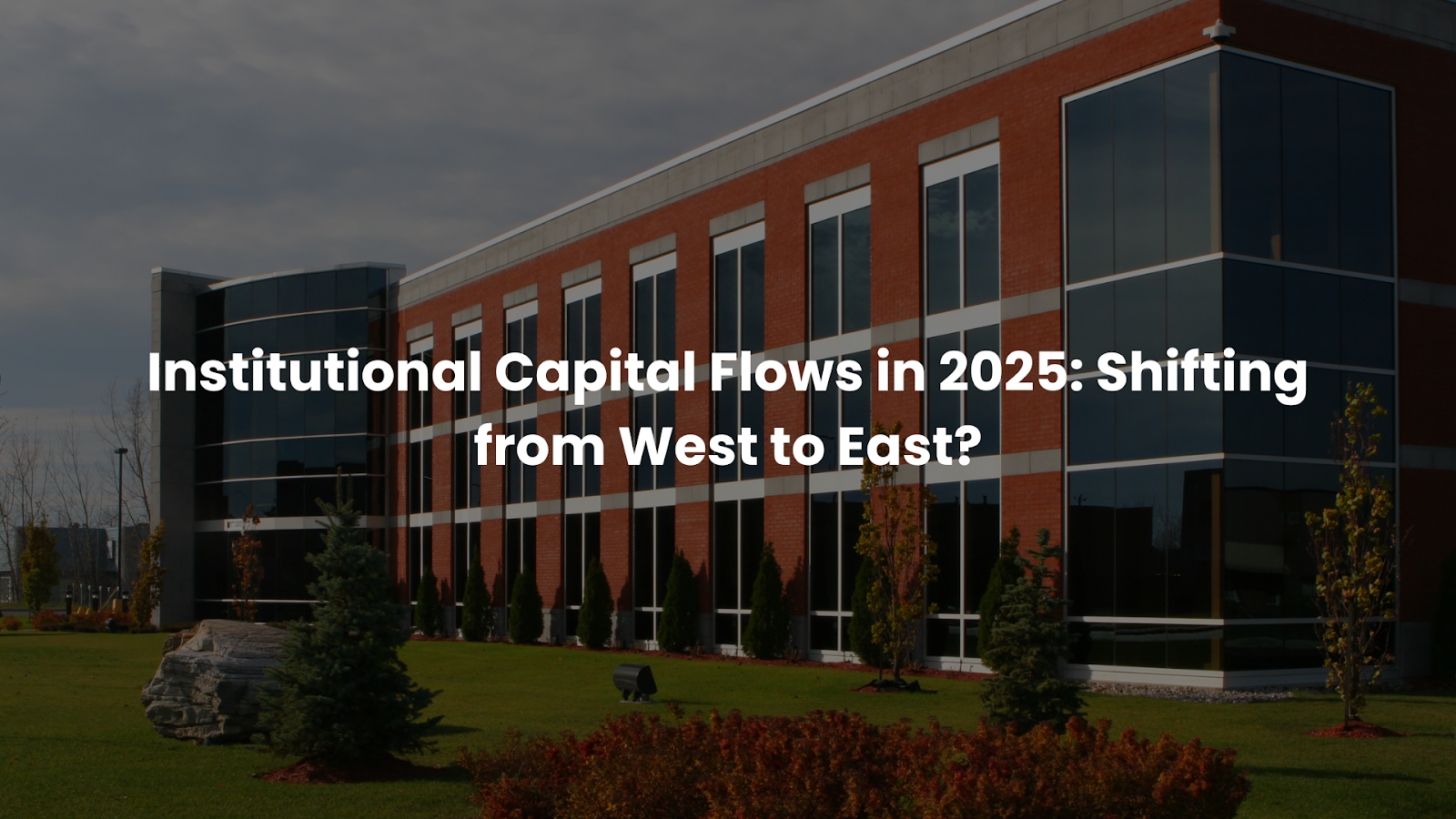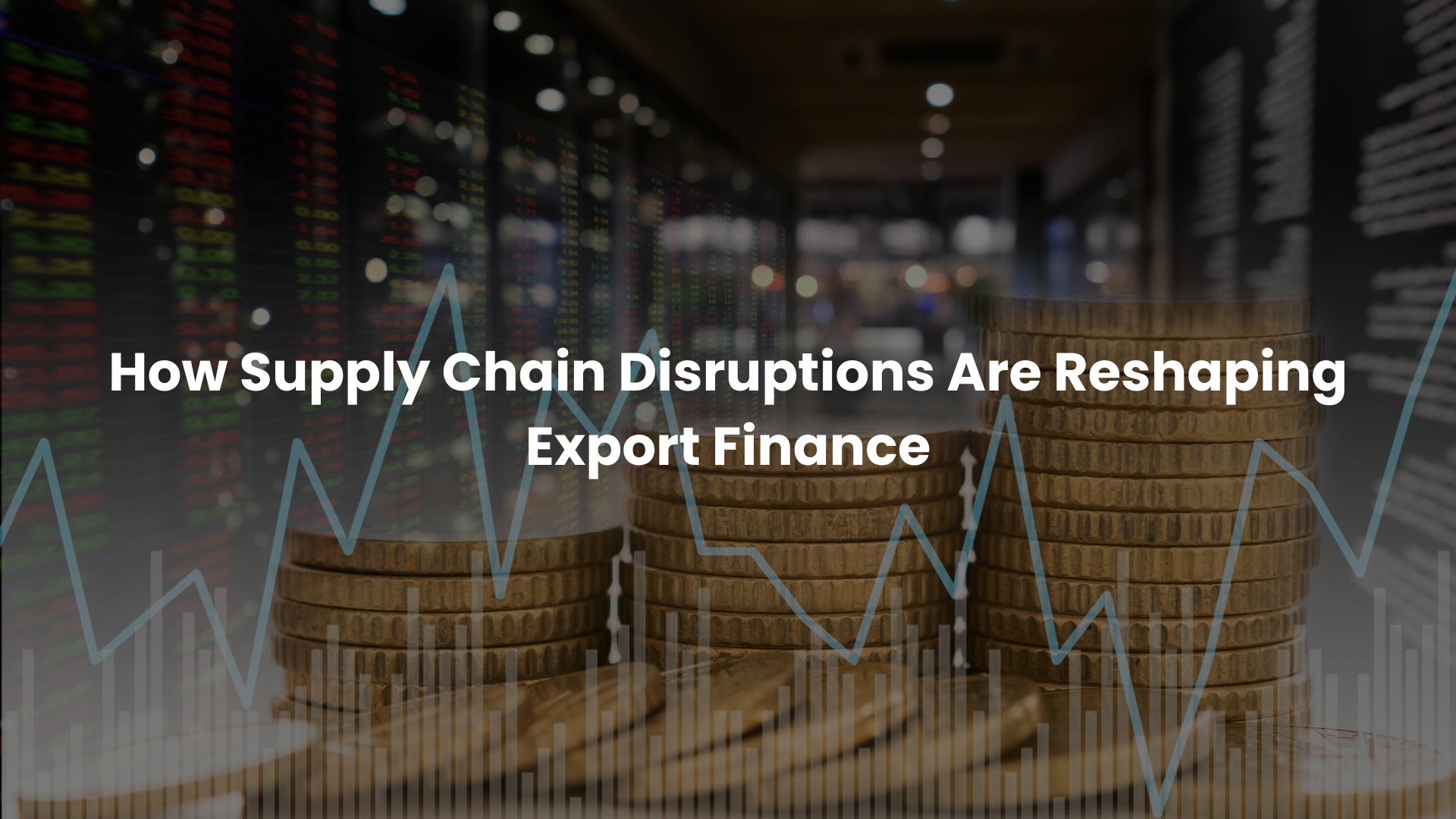Institutional capital flows are undergoing a profound transformation in 2025, with a marked shift in focus from traditional Western markets to fast-growing economies in Asia and the Middle East. While the United States and Western Europe long held dominance in global investment flows, evolving geopolitical realities, regulatory reforms, and digital innovations are redefining the investment landscape. Institutional investors—ranging from sovereign wealth funds and pension funds to insurance companies and asset managers—are looking East to diversify portfolios, capture growth, and adapt to the multipolar realities of global finance.
This article explores the key trends shaping this transition, the forces driving it, and what it means for the future of institutional investment.

Asian and Middle Eastern Surge
Financial hubs across Asia and the Middle East are rapidly emerging as focal points for institutional capital. India, Singapore, and the UAE stand out as strategic gateways, providing investors with robust infrastructure, policy support, and access to high-growth sectors.
In India, institutional capital flows have reached historic highs. The Asia-Pacific (APAC) region accounted for a 37% share of institutional investments into India’s real estate sector in H1 2025, surpassing contributions from the USA and Canada. This shift highlights how Asian capital sources are increasingly shaping market trajectories in one of the world’s most dynamic economies.
The UAE is positioning itself as a premier global investment hub by doubling its cumulative foreign direct investment (FDI) by 2031. This ambition underscores its dual role as both an importer and exporter of capital, reinforcing its reputation as a cross-border dealmaking hub. Dubai and Abu Dhabi, already centres for banking and alternative investments, are attracting unprecedented levels of institutional interest in infrastructure, renewable energy, and private markets.
Decline in Western Dominance
The traditional centres of institutional capital—the United States and Western Europe—are losing relative ground. Several factors explain this decline:
- Extended transaction timelines have reduced deal-making efficiency, with stricter regulatory requirements and longer approval processes making it harder to move capital quickly.
- Economic uncertainties—ranging from slower growth in Europe to monetary policy fragmentation in the US—have dampened investor appetite for Western assets.
- Fund outflows have become more pronounced. US open-ended fund flows, for instance, were down about 22% through June 2025 compared to 2024, illustrating a clear retreat from certain asset classes.
These headwinds do not suggest that Western economies are no longer relevant—they remain critical to global investment portfolios—but rather that their once unchallenged dominance is giving way to a more balanced and diversified global order.

Drivers Behind the Shift
The redirection of institutional capital towards Asia and the Middle East is not accidental. It is driven by a confluence of structural and cyclical factors that make Eastern markets increasingly compelling.
-
Economic Growth and Resilience
Many Asian and Middle Eastern economies are outperforming global peers. India continues to post robust GDP growth, while Gulf states such as Saudi Arabia and the UAE are successfully diversifying beyond hydrocarbons into technology, healthcare, and renewable energy. -
Market Infrastructure and Policy Reforms
Domestic reforms—ranging from India’s Real Estate (Regulation and Development) Act to the UAE’s liberalisation of foreign ownership rules—have enhanced transparency and investor protection, lowering barriers to entry. -
Sovereign Wealth Funds as Catalysts
Sovereign wealth funds (SWFs) are playing an increasingly active role, deploying capital not only globally but also in regional projects that strengthen local economies. This creates a feedback loop of investment-led development that attracts further institutional inflows. -
Cross-Border Treaties and Frameworks
Bilateral agreements, such as the India–UAE Bilateral Investment Treaty, are reducing friction in capital flows, opening new corridors for cross-border investment, and building investor confidence. -
Digital and Financial Innovation
The integration of digital financial infrastructure—blockchain-enabled settlements, cross-border payment rails, and tokenised assets—has enhanced liquidity, reduced costs, and increased transparency. These tools make it easier for institutional investors to allocate capital to emerging markets. -
ESG and Private Markets Adoption
The global adoption of ESG principles and the rise of private markets are aligning with the strengths of Eastern economies. Many regional governments have prioritised green energy, sustainable infrastructure, and digital inclusion, which are attractive to institutional investors pursuing long-term resilience and impact.

Sector Focus and Investment Channels
Institutional capital inflows to Asia and the Middle East are not limited to financial markets—they are transforming sectoral dynamics and ownership structures.
- India is a case in point, where foreign institutional investors accounted for 68% of flows in H1 2025, while domestic participation rose to 32%. This demonstrates both the continuing global appeal of Indian assets and the growing maturity of domestic institutional capital.
- Real estate remains a primary magnet for cross-border inflows, supported by urbanisation trends and regulatory reforms.
- Infrastructure and renewable energy projects in India, the UAE, and Saudi Arabia are drawing multibillion-dollar commitments, with institutional investors seeking stable, long-term cash flows.
- Healthcare and digital infrastructure—including data centres and fintech platforms—are increasingly central to allocation strategies, given their strong growth outlook and policy backing.
These trends are amplified by the convening power of regional investment summits. Events such as the MSCI APAC Forum in Tokyo and sovereign wealth fund gatherings in Abu Dhabi and Riyadh provide platforms for institutional investors to discuss regime shifts in total portfolio allocations. These summits underscore the rising influence of Asia and the Middle East as financial thought leaders.
Outlook: A Multipolar Flow of Capital
Looking ahead, 2025 marks the acceleration of a multipolar global investment landscape. Institutional capital is no longer concentrated in a handful of Western markets but is flowing into a wider range of destinations.
Asia and the Middle East are capturing a greater share of institutional attention thanks to:
- Resilient economic fundamentals,
- The creation of new frameworks for cross-border capital mobility.
For institutional investors, the imperative is clear: global portfolios must adapt to this new geography of capital flows. Ignoring the opportunities in Asia and the Middle East risks missing out on some of the most dynamic sources of growth and resilience in the years ahead.
The GBM Advantage
At Global Banking & Markets (GBM), we understand that cross-border capital flows are not just about numbers—they are about people, networks, and opportunities. Our events, forums, and networking platforms provide the infrastructure that institutional investors, sovereign wealth funds, corporates, and financial intermediaries need to build meaningful connections and close transformational deals.
Join us at our upcoming events to explore new corridors of capital, meet the decision-makers shaping tomorrow’s financial landscape, and ensure your institution stays ahead in the era of multipolar investment flows.
We are the world leader in global markets-focused financing events in emerging markets. We bring complex markets together in one place at one time, facilitate informal networking & organise meetings which accelerate deal-flow. Connecting you with business partners and counterparties is at the heart of everything we do.
.png)

.png)

